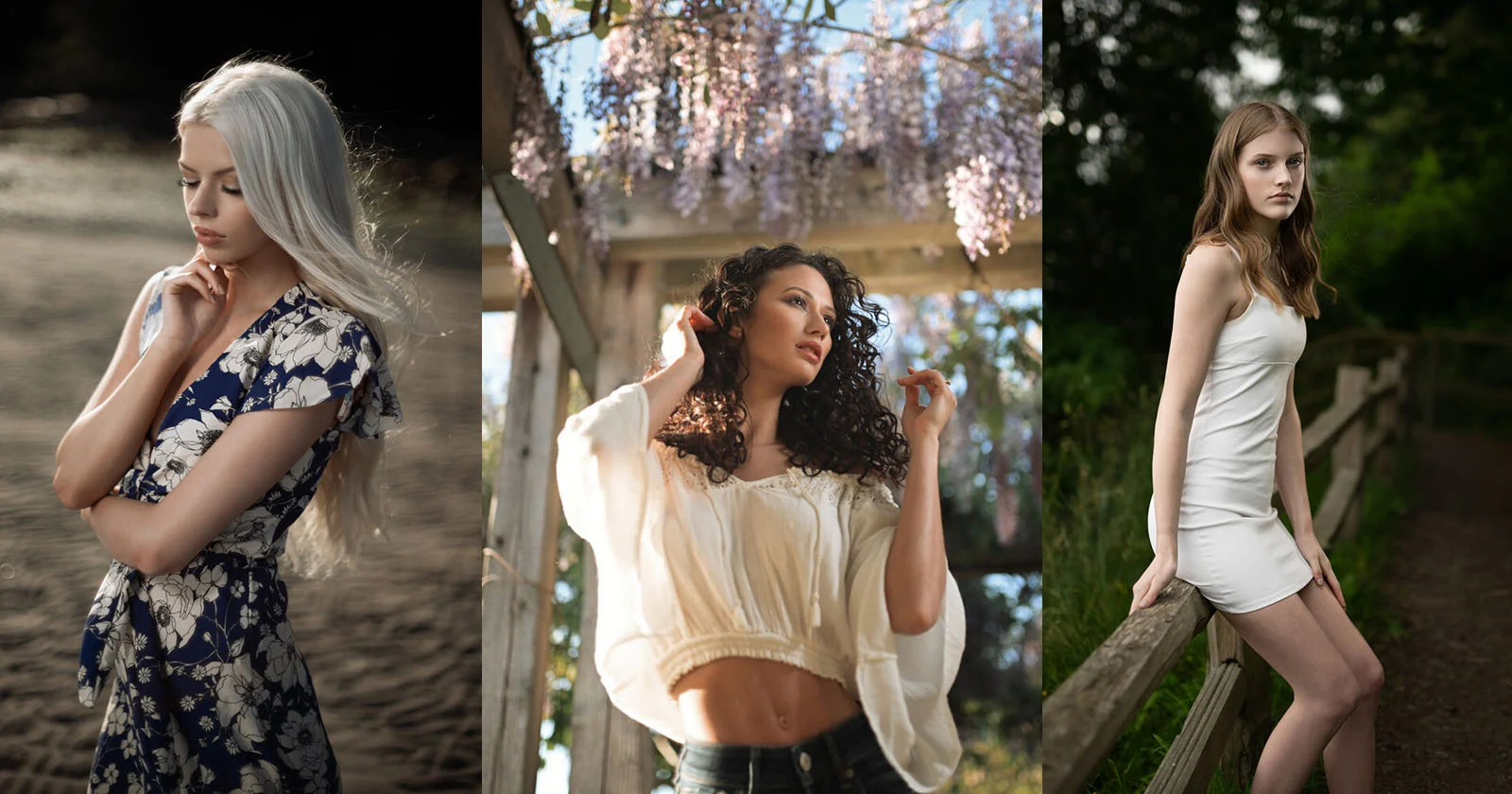Choosing the Right Background for Portrait Photography
In the realm of portrait photography, the background you choose plays a crucial role in shaping the mood, emphasizing your subject, and ultimately defining the entire composition of your shot. Whether you’re shooting professional headshots, family portraits, or creative fashion shots, selecting the perfect background can make all the difference. Here’s everything you need to know to ensure your portrait backgrounds are not just complementary but enhance the overall impact of your photographs.

Understanding the Importance of Portrait Backgrounds
The background in a portrait serves as the canvas upon which your subject is presented. It can either support the narrative you wish to convey or distract from it. A well-chosen background can add depth, context, and visual interest to your photograph, while an inappropriate one might diminish the impact of your subject.
Types of Portrait Backgrounds
**1. ** Natural Settings: Outdoor environments such as parks, beaches, or urban landscapes offer a plethora of natural backdrops. These settings provide texture, color variation, and often a sense of context that can enhance the storytelling aspect of your portrait. Consider the time of day for the best lighting conditions and how the natural elements complement your subject.
**2. ** Indoor Settings: Studio backgrounds or indoor locations provide control over lighting and eliminate distractions. Seamless paper or fabric backdrops in neutral or complementary colors are popular choices for studio portraits as they draw focus to the subject without competing for attention.
**3. ** Textured Walls and Architectural Elements: Walls with interesting textures, patterns, or architectural elements like arches or columns can add a sophisticated backdrop to your portraits. These elements can provide a sense of depth and visual intrigue, making your subject stand out.
**4. ** Minimalist and Abstract Backgrounds: Sometimes less is more. A simple, uncluttered background such as a plain wall or a gradient backdrop can create a clean, contemporary look that directs the viewer’s attention solely to your subject’s expression and pose.
Factors to Consider When Choosing a Background
**1. ** Subject and Purpose: Consider the personality and style of your subject as well as the purpose of the portrait. A corporate headshot might benefit from a clean, neutral background, while a creative portrait may call for a more vibrant or textured setting that reflects the subject’s personality.
**2. ** Color and Contrast: Ensure the background color contrasts well with your subject’s clothing and skin tone. This helps in creating separation and ensuring your subject pops from the background.
**3. ** Depth and Perspective: A background that adds depth or perspective can create a sense of dimensionality in your photograph. Experiment with different angles and focal lengths to achieve the desired effect.
**4. ** Lighting Considerations: The background should complement your lighting setup. Whether using natural light or studio lights, ensure that the background is evenly lit and does not create harsh shadows that could detract from your subject.
Tips for Enhancing Your Portrait Backgrounds
**1. ** Use Depth of Field: Utilize a shallow depth of field (wide aperture) to blur the background and create separation between your subject and the background, drawing more attention to your subject’s face and expression.
**2. ** Experiment with Props: Incorporating props that complement your background can add context and visual interest to your portrait. Just ensure they do not overwhelm or distract from your subject.
**3. ** Consider Cultural and Environmental Context: If your portrait aims to capture a specific cultural or environmental context, choose a background that reflects these elements authentically.
**4. ** Review and Adjust: Before starting the session, review the background through your camera’s viewfinder to ensure it aligns with your vision. Make adjustments as necessary to achieve the desired composition.